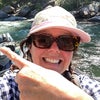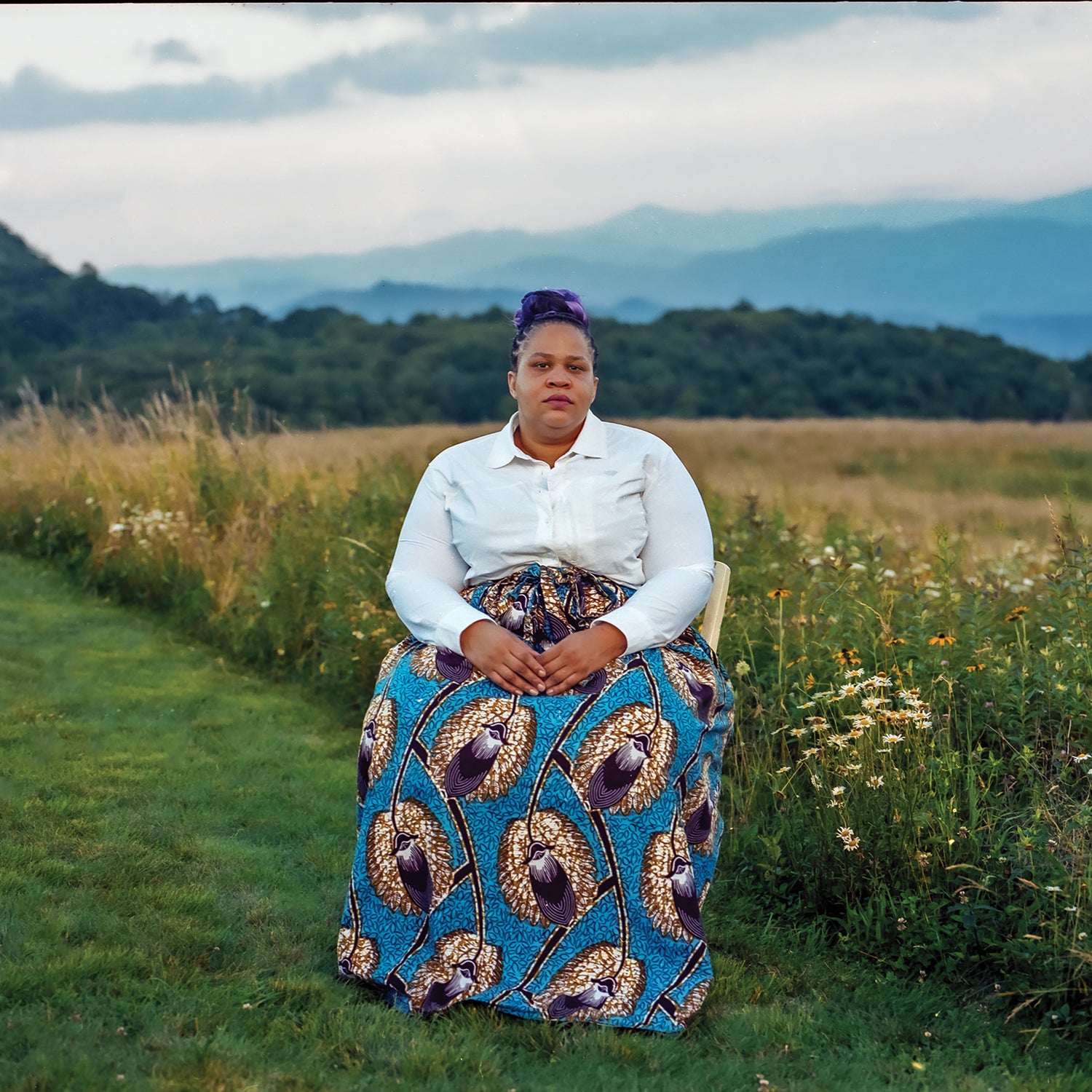This story update is part of the ���ϳԹ��� Classics, a series highlighting the best writing we’ve ever published, along with author interviews and other exclusive bonus materials. Read “We’re Here. You Just Don’t See Us,” by Latria Graham here.
After reading some of Graham’s writing on a friend’s recommendation, Tracy Ross knew she had to meet her. A Black writer from Spartanburg, South Carolina, Graham has experienced the kinds of racism and aggression that Ross, a white journalist who grew up in Idaho, had never known. Yet Graham fearlessly pushes forward, writing about charged topics of race, class, and social justice, drawing on a lifetime of experience. What emerges in her work are stories of a tragic American past and present, made relatable by an empathetic mind and shared vulnerability. Shortly after meeting Graham, Ross introduced her to ���ܳٲ������’s editors, who quickly embraced her as an important new voice. In various publications, Graham, who is a visiting scholar at Augusta University in Georgia, has probed subjects ranging from a Black falconer who names his birds after people he loves, to Eartha Kitt, to the stigma of being Black and mentally ill, based on Graham’s own battle with depression. She also produced “We’re Here. You Just Don’t See Us,” a powerful essay about why Black Americans have a fraught relationship with the outdoors but still crave deep connections with adventurous settings and the natural world. This 2018 piece—and a follow-up, “Out Here, No One Can Hear You Scream,” published in 2020—led to a book deal for the memoir Uneven Ground, which will be published in late 2024 or early 2025 by Mariner, a division of HarperCollins.
OUTSIDE: Writing about the dynamics of race, class, and social justice for an outdoor magazine seems like a tough assignment. How did you find the balance?
GRAHAM: This story addresses a mistaken idea many people have—that Black people don’t participate in the outdoors. I knew I could present a nuanced perspective based on my lived experience. I grew up in the outdoors. My father was a farmer; I worked at his farm stand. And I’m a hiker, snowshoer, backpacker, cyclist, and more. The data is there. Black people do things in the outdoors. It’s just that on the East Coast and in the South, where the majority of Black Americans live, there are fewer parks than in the West. I wanted people to know that. I refuse to live without sharing knowledge that I know could make someone’s life better.
You say you’ve been a “disciple of landscapes” for as long as you can remember. Disciple really stands out for me. Why did you choose that word?
I think of nature as my life’s church. Nature has a lot to teach us, and it shapes my worldview. Everything in nature is connected. Humans love to forget it, but we’re part of that connection. A disciple is one who is studying, constantly learning. I’ve studied the outdoors for a long time, and even though the word has been claimed by Evangelical Christians, who are mostly Republicans, I wanted to take it back. As someone who has dealt with floods, fires, and tornadoes—all of which display the power and sheer magnitude of nature—I know there’s a higher power. It’s my teacher.
Your descriptions of your childhood home and the characters in it evoke joy for you. In a relatively dark essay, how did it feel to recall those happy things?
“We’re Here” is about showing how my family has been a part of the outdoors for a long time. I wrote some of those passages as a way to celebrate people who aren’t with us anymore. They can no longer engage with this space—it’s a reliquary for them. But I’m going to take this little memory and make it real by putting it in the pages of a magazine. And the essay feels even more powerful to me now because, since I wrote it, I’ve lost the thing that brought me outside in the first place: my father’s farm. I had to auction it off.
I get very sad thinking about that. The farm rooted you to the land.
Yeah. But for a moment in time, I was able to catch this comet in my hands. In the essay, I get to tell you what living and growing up there felt like. And I get to put the people from my life, like my grandma and my aunt, in the story. Their pictures, too. My grandmother had never seen a picture of herself in a magazine, and she died not long after the piece was published.
At one point, you write about your family being “shaped by the soil,” which you say is “red from the violence of southern history.” Is it hard to find beauty in such a horrifying past?
I grew up in a region where a person can be killed for being the wrong color. That’s been the case since 1526, the year Spanish explorers brought the first enslaved people to a colony on the Atlantic coast. But the landscape where those things happened is beautiful and fertile. I’m talking aesthetics, music, food. It all goes back to that dirt, and being able to sustain life in a temperate climate. The South will never be just one thing, and as a writer I’m determined to hold both parts—this entropy—in my hands.
What was it like to write this for ���ϳԹ���? Was there a part of you that thought these people will never get it?
I’ve been doing this explanatory exploration of both social and geographical policy my whole life. For instance, in 2015, when police in North Charleston, South Carolina, killed Walter Scott—a Black man with a traumatic brain injury—no one in my family had ever protested before. I did, and I wrote about it as a way to try and figure out the world I’m in and how I fit. It was like that with ���ϳԹ���. I wanted readers to have a full, accurate picture of what’s going on with Black people and the outdoors. And for anybody who picked up the magazine and invested the time trying to puzzle through this with me, I have total regard.
Was it well received? Do you think people understood it?
Yeah. But I also got death threats. Apparently, some people weren’t able to just take the magazine and throw it in the trash—they had to threaten me. But I’m willing to die standing by my truth, because I don’t think I’m doing anything wrong talking about these things.


